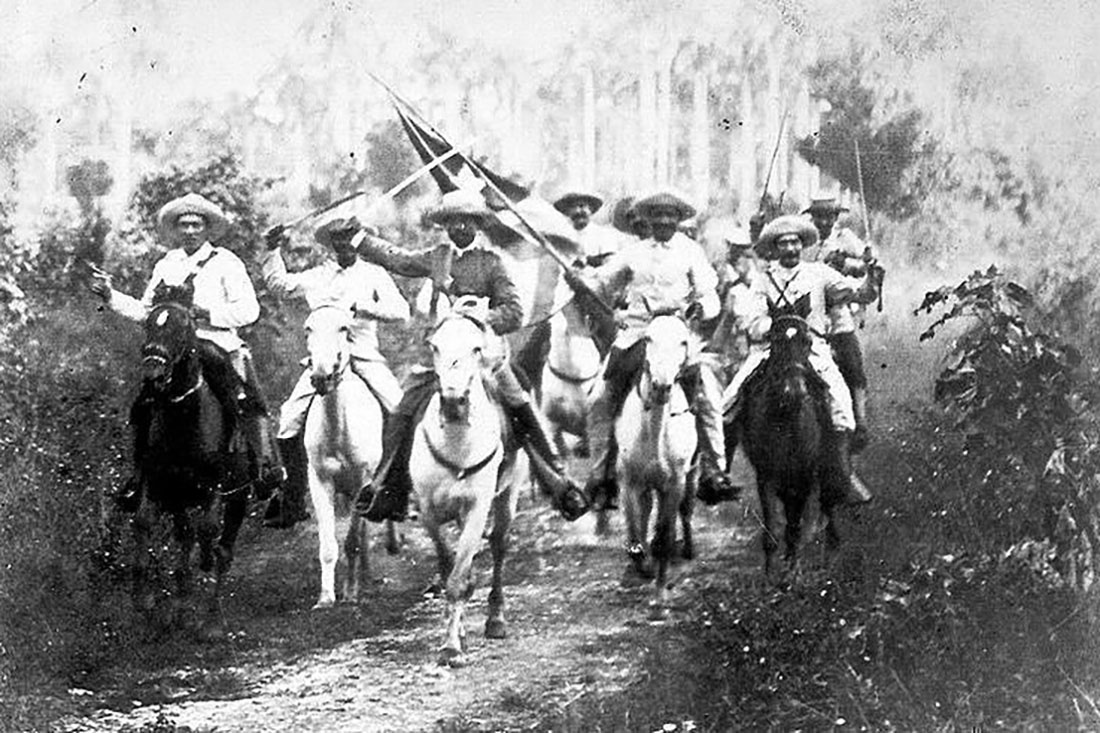October 10th, 1868 officially marks the beginning of the emancipatory journey of the Cuban people. Carlos Manuel de Céspedes would take the transcendental step that the moment needed; while in Camagüey, isolated actions occurred on early dates
.As the historian Elda Cento correctly declares, the news of the uprising led by the man who would later become the Father of the Nation surprised both the colonial authorities and the conspirators from other areas of the island, especially Camagüey. The principeños, in the meetings of San Miguel del Rompe and Finca Muñoz, were in favor of not rushing events until there was a greater concentration of resources and men.
Isolated uprisings in Camagüey
However, although said uprising was not officially supported, isolated uprisings did take place. In this sense, there are different criteria regarding the date of its completion. On the one hand, part of the bibliography consulted states that Napoleon and Augusto Arango rose up on October 11th, while others add that these actions occurred in the last days of the month; fundamentally in the southern region of the territory, without counting on the Revolutionary Board, whose head, Salvador Cisneros Betancourt, was in Havana.
The road to the official incorporation of the Camagüeyans into the Great War would lead to different positions related to the leadership of the revolution in Camagüey, as well as other pretensions and ideas that did not seek to fully enter the conflict.
Elda herself alleges that these voices, represented by Napoleón Arango, were in favor of reformist positions. Arango, practically from the beginning, assumes a role that he had not earned in order to protect his interests, even though his last name enjoyed great renown, as he was the leader of the sugar plantation owners of the Caonao district (area with the highest number of mills and slaves in the jurisdiction at the time). His thinking would later have a forceful response, starring Ignacio Agramonte.
Critical analysis of a momentous event
The fact that isolated uprisings occurred in Camagüey, on dates close to October 10th and before November 4th, 1868, puts on the table intentions, decisions, contradictions that would later come to light between both regions. Likewise, it is necessary to consider a greater critical analysis, to arrive at the true magnitude of the facts.
Bibliography
Centro de Estudios Militares de las FAR. Diccionario enciclopédico de Historia Militar de Cuba. Primera Parte (1510-1898). Tomo 1 Biografías. Casa Editorial Verde Olivo, La Habana, 2014.
Cento Gómez, Elda. “Reformismo vs. Independentismo. Raíces y consolidación del alzamiento del 4 de noviembre de 1868 en la jurisdicción de Puerto Príncipe” En Cuadernos de historia principeña 17. Patrimonio legado al siglo XXI, Elda Centocoords. Camagüey: Editorial Ácana, 2019.
Translatedby: Aileen Álvarez García






